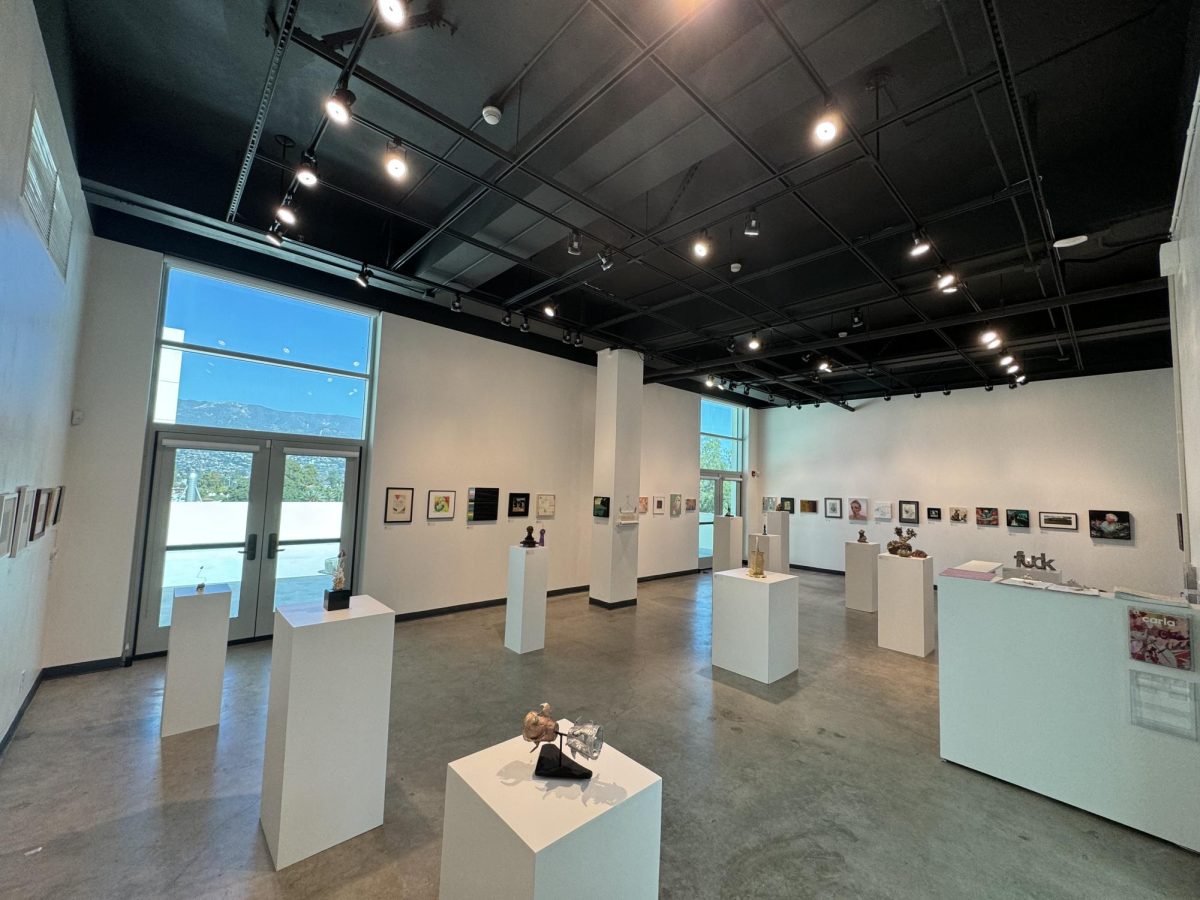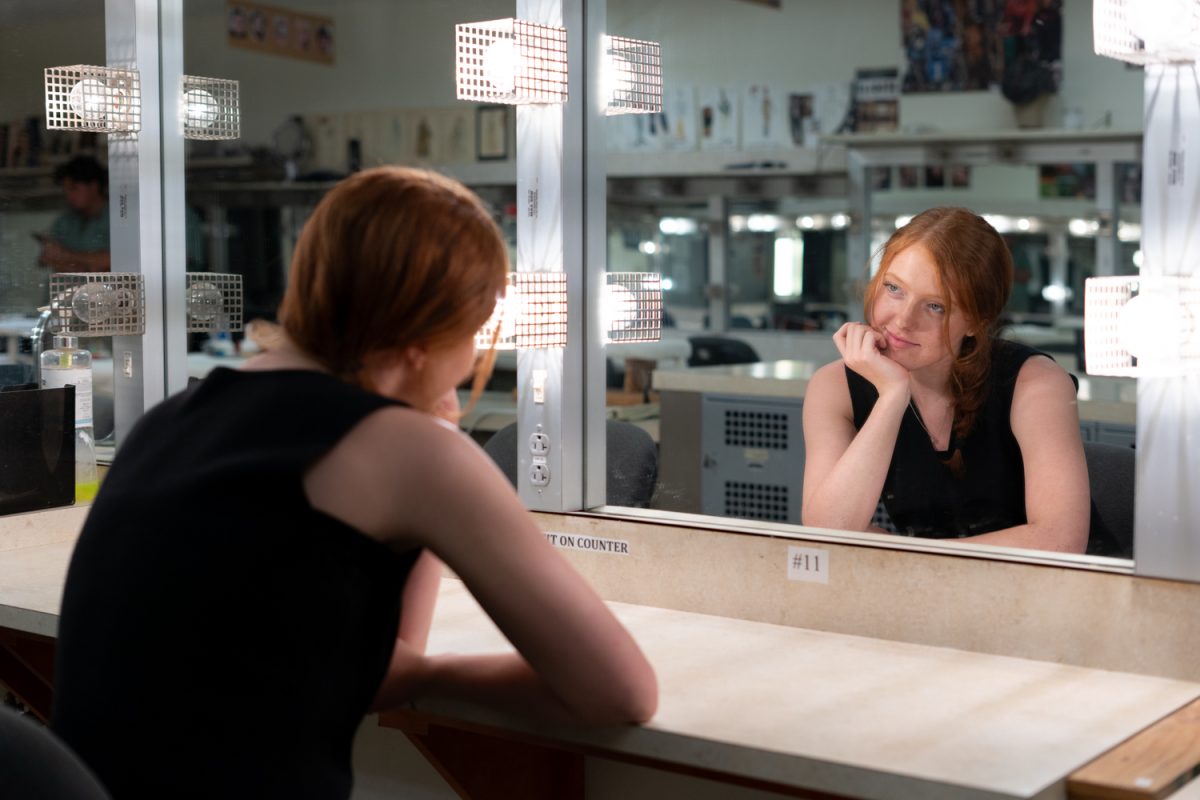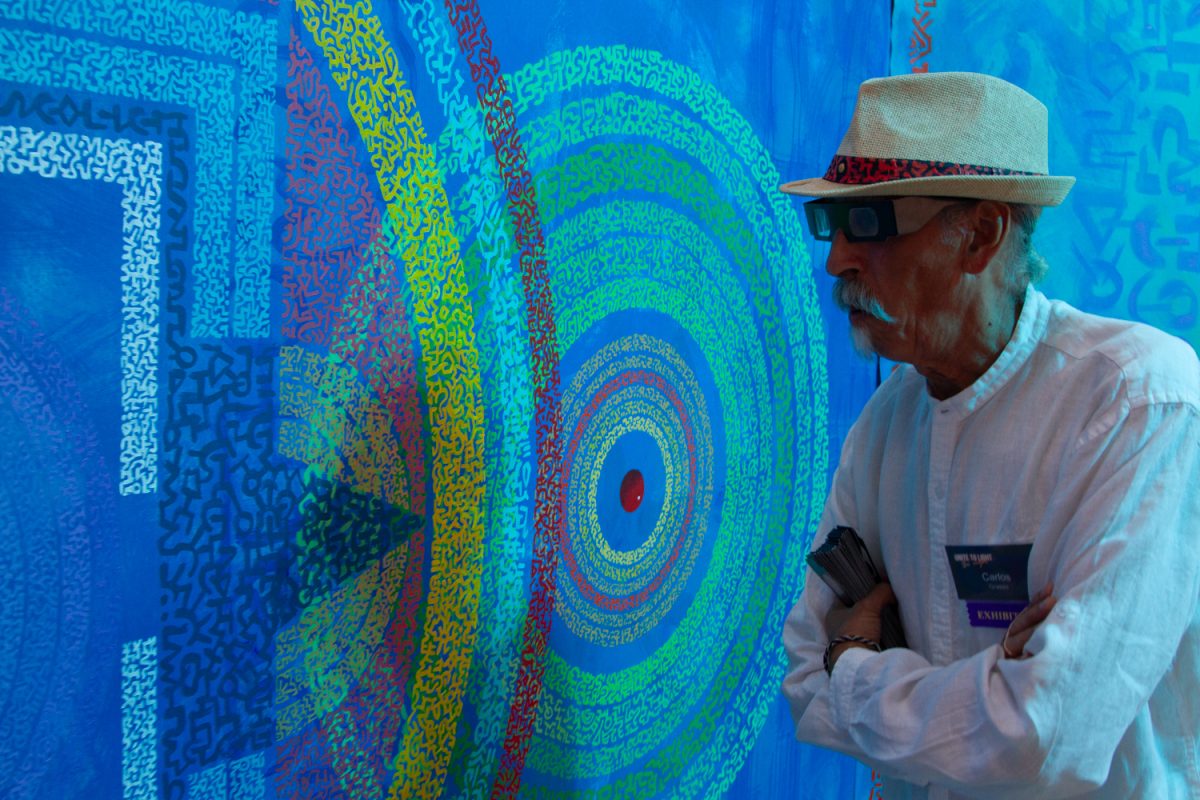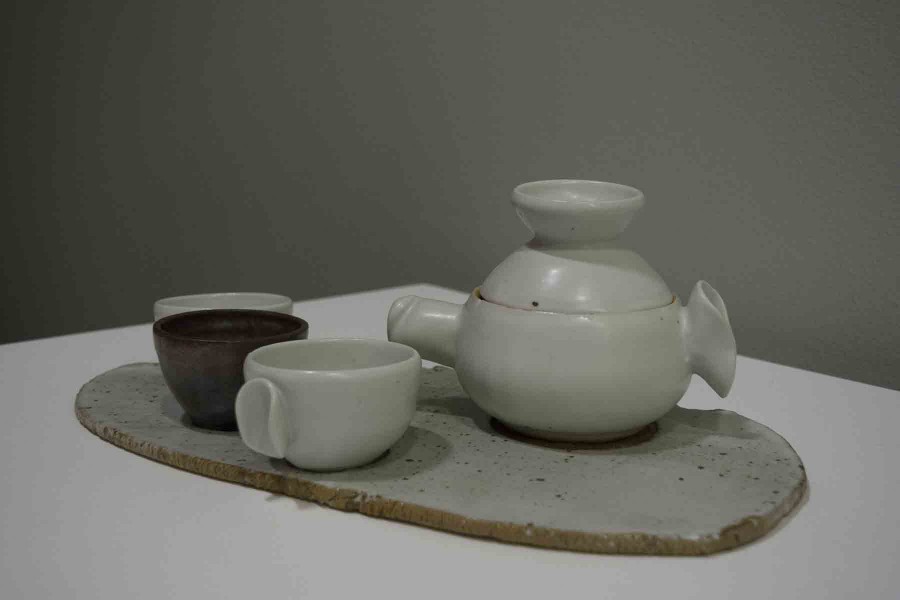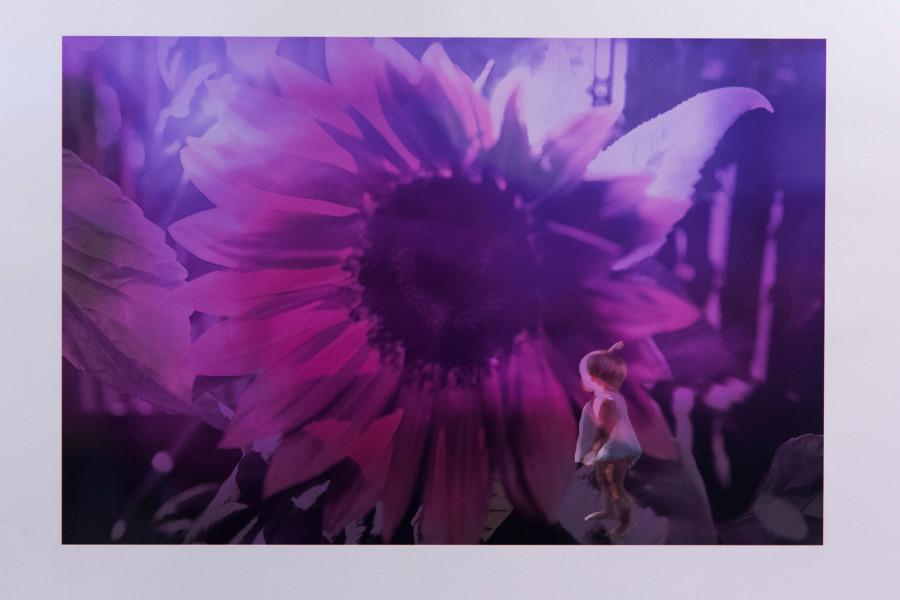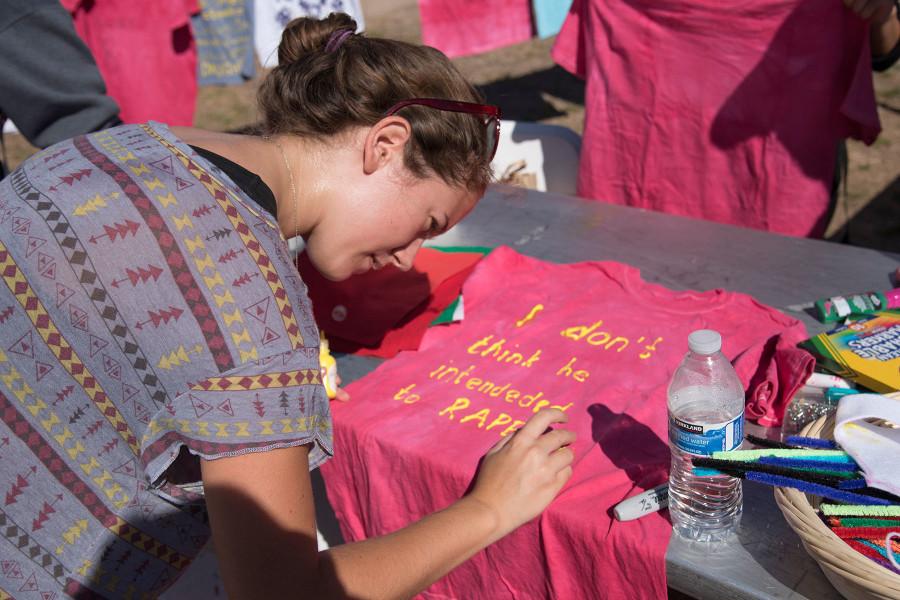Santa Barbara City College welcomed ceramics maker Kenyon Hansen as part of this year’s Atkinson Gallery Art Lecture Series.
Hansen spoke Friday afternoon in the administration building about non-conformity and how soda-firing ceramics changed his life.
“I think in today’s age if you work with your hands, that’s a political statement,” said Hansen. Kenyon makes soda and wood-fired utilitarian ceramics.
In 2001 Hansen studied abroad at Staffordshire University in Stoke of Trent, England, and in 2002 he received a Bachelor of Fine Arts from Finlandia University in Michigan. “I feel like I got a pretty poor clay education,” says Hansen when describing his experience while attending Finlandia where he now runs the ceramics department.
In 2012 he was awarded Lincoln Fellowship and residency at Archie Bray Foundation for Ceramic Arts, a public, non-profit educational system intended to provide an environment that stimulates creative work in ceramics.
“You couldn’t be a potter, I didn’t know anyone actually making pots for a living,” said Kenyon when talking about the expectations of getting a job after college.
after college.
“People were doing this or this,” said Kenyon, switching from a picture of two people drinking alcohol to a guy serving hamburgers and French fries.
He became an apprentice to Simon Levin, a wood-fire potter from Wisconsin. “I wanted some hands-on experience,” said Hansen.
In his apprenticeship, he learned how to fire in an anagama kiln, a Japanese style kiln that translates to “tunnel kiln.” Anagama kilns were traditionally built into hillsides, said Hansen.
Hansen had been wood-firing his clay for about seven years, but didn’t have his own wood-fire kiln and would travel around the country to get his work fired.
“I wanted to start spending more and more time on each individual piece,” Kenyon said.
Soda-firing is a technique where “soda” is sprayed into the kiln at about 2300 degrees Fahrenheit. The soda is comprised of sodium-bicarbonate, or baking soda, and sodium-carbonate, also known as soda ash.
The soda vaporizes and is carried through the kiln on the flame. The vapors create a glaze when it lands on a piece of clay. The soda goes wherever the flame goes.
Hansen sets aside a window of time every week no matter how busy he is to just clay. He says it’s time for him to just mess around.
“I knew that I was never going to be wealthy doing this,” said Hansen when asked what his thought process was when choosing to be an artist.
After not having a real job for seven years, Kenyon realized he would never be able to work for someone. “I’d rather be homeless and make pottery than work for someone.”






